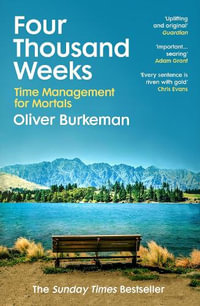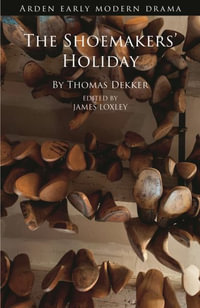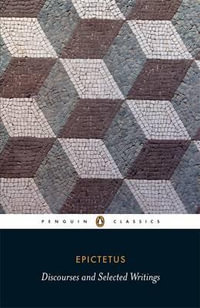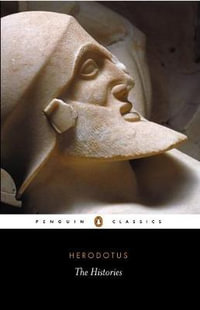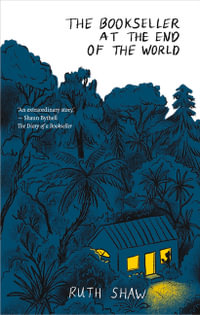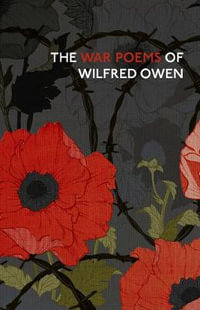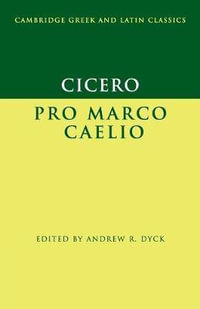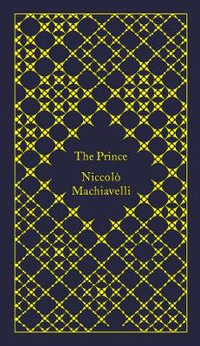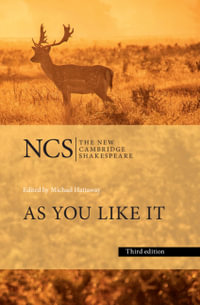Patterns Across Cultures, International Edition is a rhetorically organized reader driven by the principle that as the world gets smaller, students should be exposed to a wide variety of cultural perspectives - both from within the United States and from other countries. Many of the reading selections in the text are by writers who have never been anthologized, providing an invigorating alternative to traditional readers. Post-reading features for each selection, including questions on author's "Meaning," "Technique," and "Language," help students examine how the selection utilizes both the primary mode and other modes as well; calls out key vocabulary terms; highlights thematic connections between selections; and provides prompts for both personal and critical writing. To assist those instructors who prefer a thematic framework for discussing the selections, a thematic Table of Contents and Thematic Links questions connecting each essay with one or more others on similar themes will provide inspiration for theme-based discussions and writing assignments.
Industry Reviews
1. CRITICAL THINKING, READING, AND WRITING. What Is Reading Critically? The Process of Reading Critically. What Is Writing Critically? Sample Annotated Essay: Octavio Paz, Fiesta. The Process of Writing Critically. Sample Student Essay: Joanna Richmond, My Cousin's Wedding. Words Create Images, Images Convey Ideas. 2. FINDING, USING, AND DOCUMENTING SOURCES. Limiting Your Topic. Using and Evaluating Sources. Locating Relevant Reference Works Using and Evaluating Internet Sources. Developing a Thesis Statement. Note-Taking Procedures. Avoiding Plagiarism. Using MLA Style to Document Your Sources. A Brief Note on the APA Style of Documentation. Sample Student Research Paper in MLA Style: Megan Hanel, Mediocre Media. 3. NARRATION: TELLING STORIES OF CULTURE AND CUSTOMS. Frederick Douglass, Learning to Read and Write. Garrison Keillor, Take in the State Fair. Melissa Algranati, Being an Other. Immaculee Ilibagiza, Left to Tell. Lisa Beyer et al., The Women of Islam. Temple Grandin, Thinking in Pictures. Student Essay: Olga Doktorov, A Shifted Life. 4. DESCRIPTION: SHOWING DETAILS OF PEOPLE, PLACES, AND THINGS. Tepilit Ole Saitoti, The Initiation of a Maasai Warrior. Gordon Parks, Flavio's Home. Pico Iyer, Cuba: An elegiac Carnival. Georges Arsenault, Acadian Mi-Careme: Dressed in Rags and Tatters. Mireya Mayor, Pink Boots and a Machete. Student Essay: Peter Granderson, Iwwakuni: Truly Unique. 5. EXEMPLIFICATION: DISCOVERING CULTURE THROUGH EXAMPLES. Judith Ortiz Cofer, The Myth of the Latin Woman: I Just Met a Girl Named Maria. Jay Nordlinger, Bassackwards: Constructing Spanish and Other Signs of the Times. Jose Anotonio Burciaga, My Ecumenical Father. Vivienne Walt and Amanda Bower, Follow the Money. Serena Nanda, Arranging a Marriage in India. Patricia Hampl, Grandmother's Sunday Dinner. Student Essay: Helene Santos, Refuting the Latina Stereotype. 6. COMPARISON AND CONSTRAST: EXPLORING SIMILARITIES AND DIFFERENCES ACROSS CULTURES. Amy Chua, Why Chinese Mothers Are Superior. Suzanne Britt, The Lean and Hungry Look. John McMurtry, Kill "Em! Crush 'Em! Eat 'Em Raw!. William Bryan Logan, Eiffel and Oak. Stephen Chapman, The Prisoner's Dilemma. Piers Hernu, Norway's Ideal Prison. Student Essay: Naomi Nakamura, East Meets West: Zen Buddhism and Psychotherapy. 7. PROCESS ANALYSIS: CULTURAL RITUALS. Jessica Mitford, Mortuary Solaces. Ethel G. Hofman, An Island Passover. Kurt Vonnegut, Jr., How to Write with Style. Firoozeh Dumas, The Wedding. Harold Miner, Body Ritual among the Nacirema. Student Essay: Edison Baquero, True Life: Life as a Gamer. 8. CLASSIFICATION AND DIVISION: CATEGORIZING AND ANALYZING CULTURAL FEATURES. Amy Tan, Mother Tongue. Alberto Luis Urrea, Nobody's Son. Kyoko Mori, Polite Lies. Kate Fox, Watching the English: Moaning and Complaining Rules. Ralph Linton, One Hundred Percent American. Student Essay: Eunie Park, High on Heels? Society's Obsession with Pain. 9. CAUSE AND EFFECT: EXPLORING CASUAL CONNECTIONS IN SOCIETY AND CULTURE. C. P. Ellis, Why I Quit the Klan. Joseph K. Skinner, Big Mac and the Tropical Forests. Anwar F. Accawi, The Telephone. Vaughn M. Bryant, Jr. & Sylvia Grider, To Kiss: Why We Kiss Under the Mistletoe. Paul Barber, The Real Vampire. Taylor Clark, Plight of the Little Emperors. Student Essay: Cassandra Bjork, Bigger by the Day. 10. DEFINITION: IDENTIFYING MEANINGS IN DIFFERENT CULTURES. The Times of London, Editorial, #happybirthday@twitter. Lydia Minatoya, Transformation. Simone de Beauvoir, The Married Woman. Elizabeth W. Fernea & Robert A. Fernea, A Look Behind the Veil. Kama Maclean, Seeing, Being Seen, and Not Being Seen. Bill Geist, The Land of Lost Luggage. Student Essay: Geeta Patel, Dabbawalas in Action. 11. PROBLEM SOLVING: RESOLVING CULTURAL DIFFERENCES. Austin Bunn, The Bittersweet Science. Thor Heyerdahl, How to Kill an Ocean. Stuart Coleman, The Life of the Land. David R. Counts, Too Many Bananas. Dalai Lama, The Role of Religion in Modern Society. Luis Sepulveda, Daisy. Fritz Peters, Boyhood with Gurdjieff. Robert Frost, The Road Not Taken. Student Essay: Eric Hawkins, Cheers! 12. ARGUMENT: TAKING A STAND ON ISSUES. The Difference Between Argument and Persuasion. Writing Effective Arguments. Reasoning in Deductive and Inductive Arguments. Transitions. Organizing an Argument Essay. John Humphrys, IH8 TXT MSGS: How Texting Is Wrecking Our Language. Martin Luther King, Jr., I Have a Dream. Mark Twain, The Lowest Animal. Michael Levin, The Case for Torture. Gary Younge, In Europe, Where's the Hate? Zuhal Yesilyrt Gunduz, Water-On Women's Burdens, Humans' Rights, and Companies' Profits. Student Essay: Christopher Denice, Emphasizing Teaching, Not Technology. 13. USING COMBINED PATTERNS. Elizabeth Kolbert, Shishmaref, Alaska. Margaret Sanger, The Turbid Ebb and Flow of Misery. Jonathan Swift, A Modest Proposal. Peter Van Buren, The Doura Art Show.



